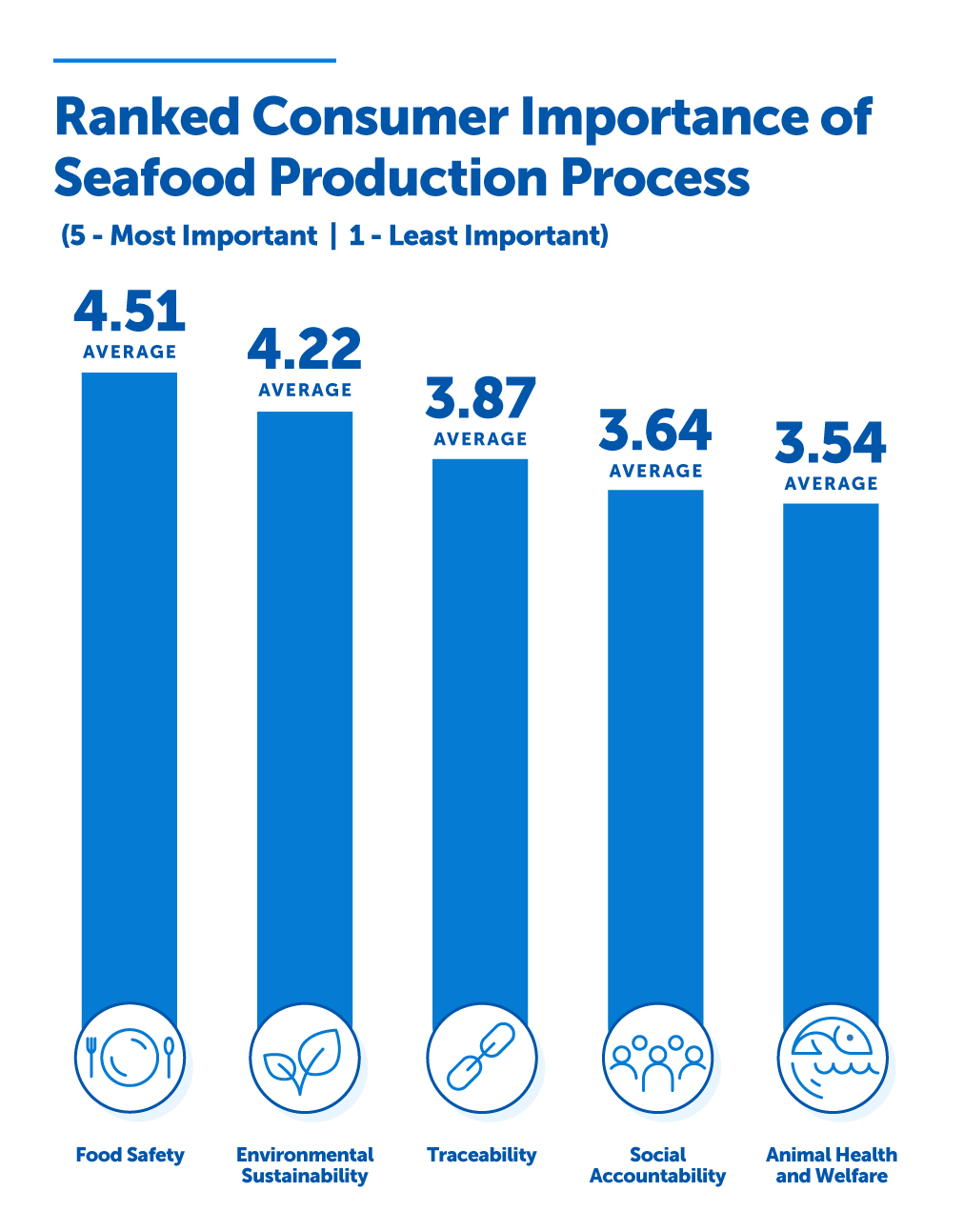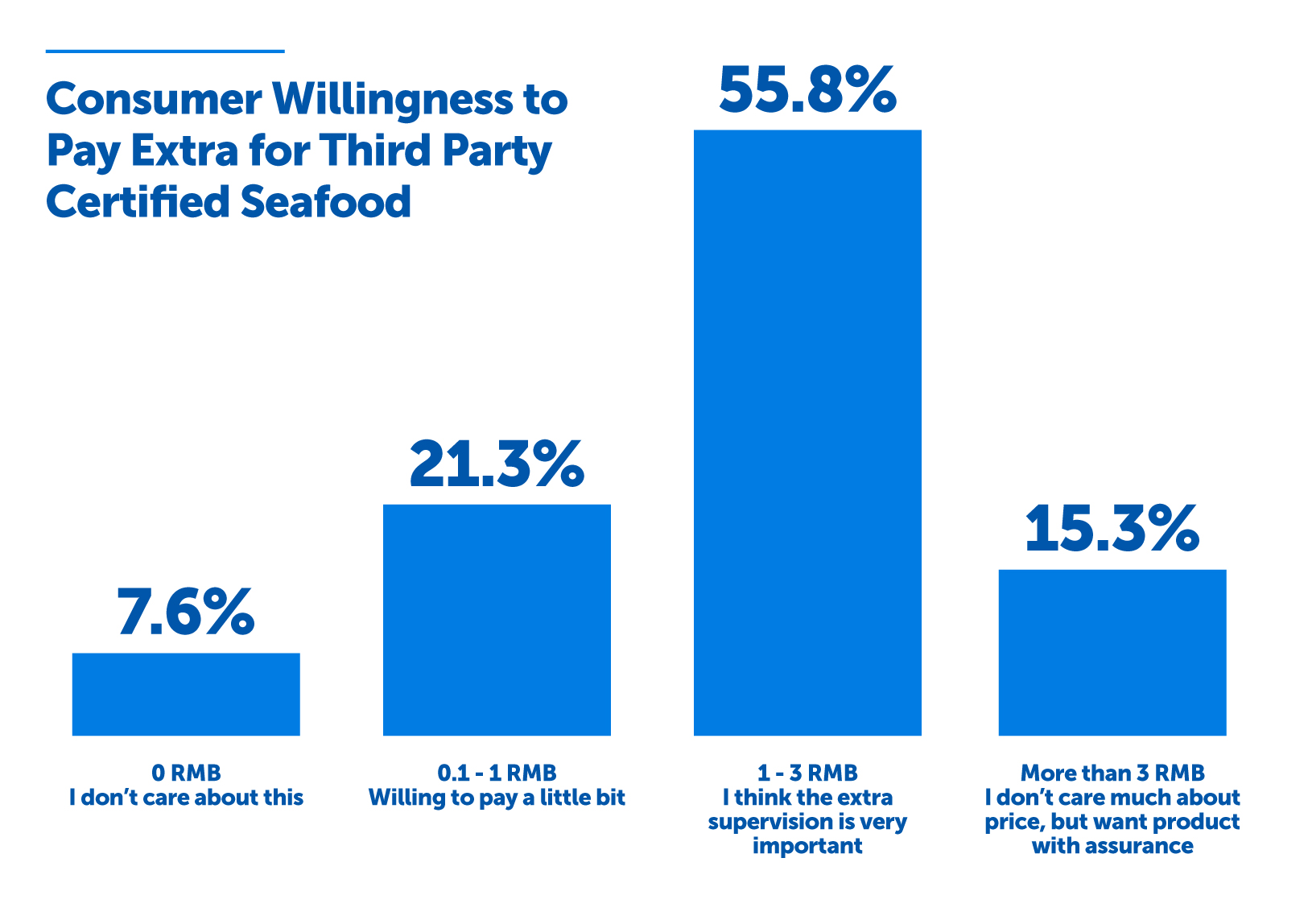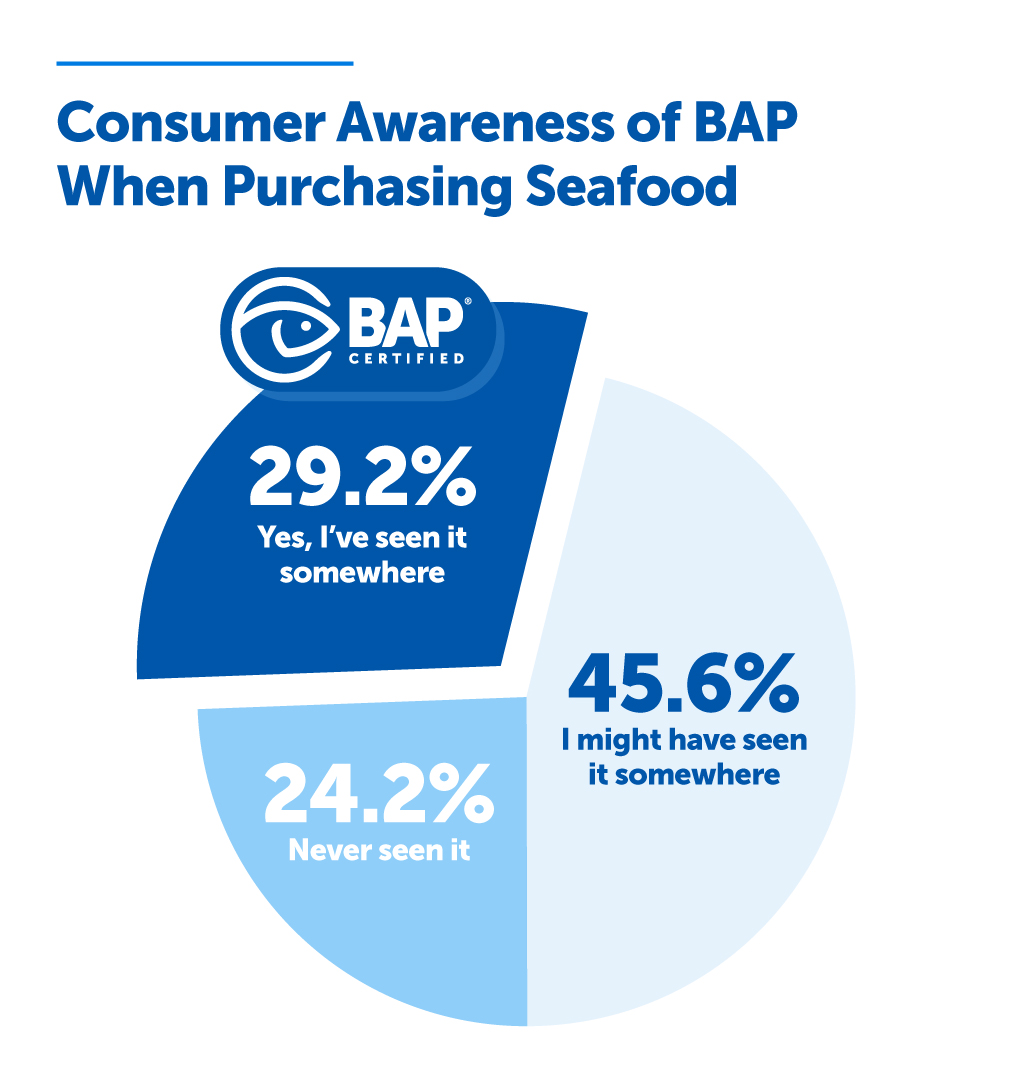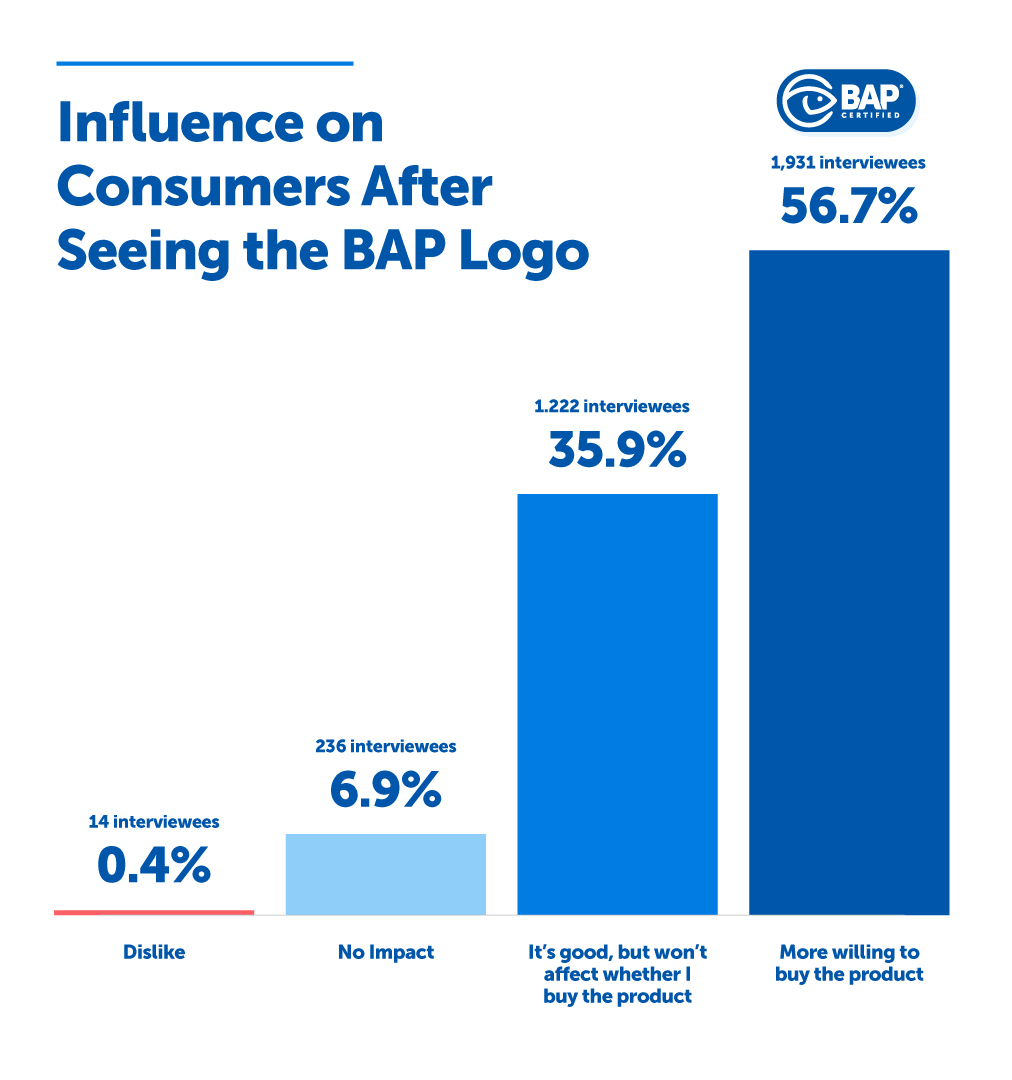Study Shows Almost a Third of Chinese Consumers Recognize BAP Label
The Global Seafood Alliance (GSA) recently conducted a survey of about 3,400 consumers in China to better understand consumer purchasing decisions and the influence and awareness of the Best Aquaculture Practices (BAP) label.
A total of 3,403 consumers were surveyed by a third-party, with about two-thirds of survey respondents being born in 1990 or later. Almost all respondents agreed that seafood is a healthier option than other animal proteins, and more than one-third of respondents currently eat seafood at least twice a week. When asked where they purchase seafood most often, respondents said that they are going back to supermarkets and traditional markets now that COVID restrictions have been lifted in China, whereas the number of respondents getting takeout has decreased.
When respondents were asked which issues are most concerning during the production process, food safety ranked first, followed by environmental sustainability.

When asked if they are willing to pay more for seafood from producers that were audited by a third-party, about 71 percent of respondents said they care enough to pay at least 1 RMB more to purchase a product with added assurances. This shows that having the BAP label on seafood packaging can provide an advantage for producers in the marketplace.

When asked if they recognized the BAP label, about 30 percent of respondents said that they have seen the logo before, and more than half said they are more likely to purchase seafood if the packaging has the BAP label on it.


In addition, when asked which parts of the production chain should be audited, about half of respondents answered that the entire aquaculture production chain (processing plant, farm, hatchery and feed mill) should undergo an audit.
“We’ve been working hard to promote the BAP logo in the Chinese market because we know consumers there are looking for assurances of responsible seafood,” said Steve Hart, GSA’s VP of market development. “To see our logo recognition at almost 30 percent speaks to just how important these issues are to Chinese consumers.”




